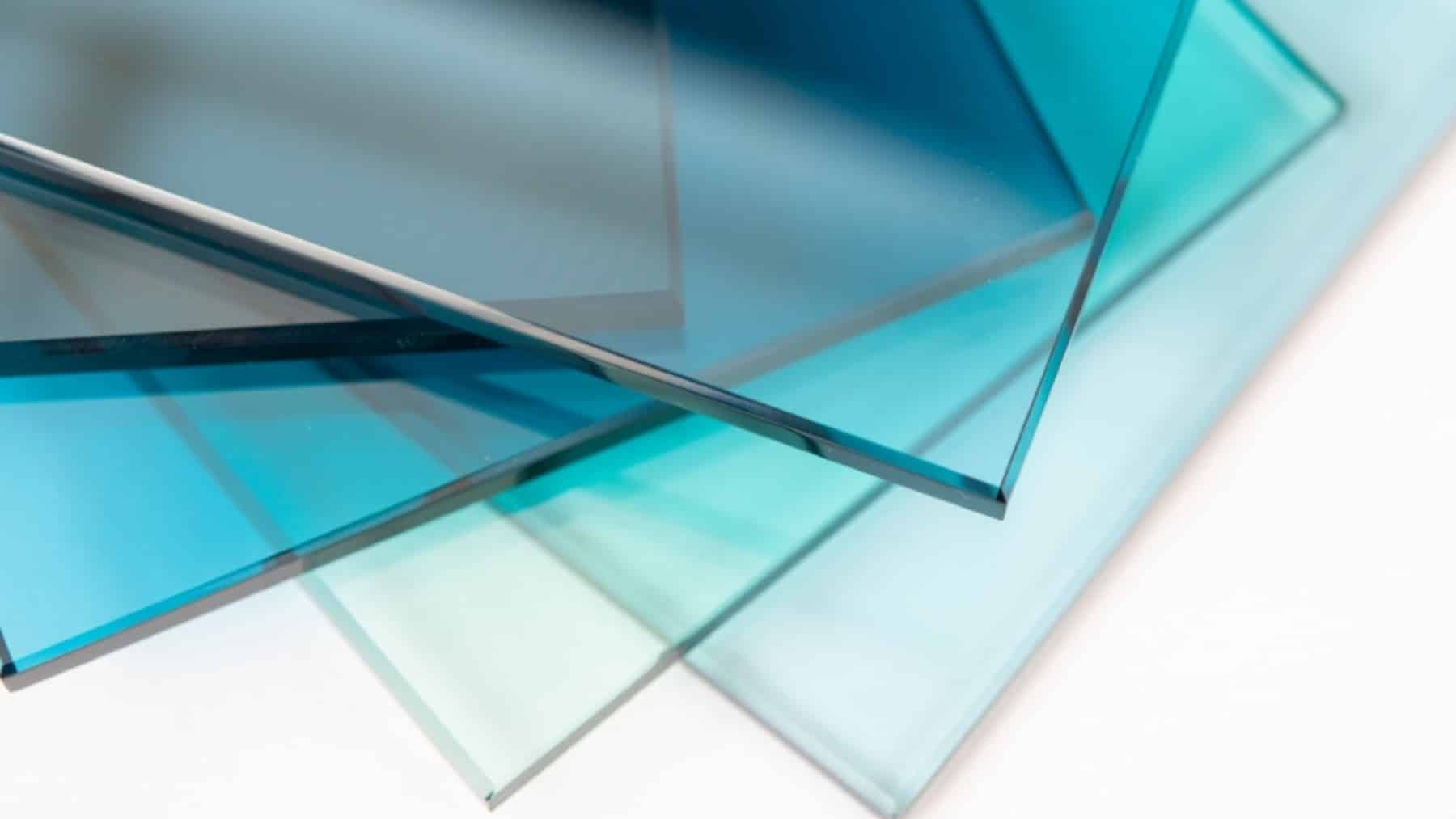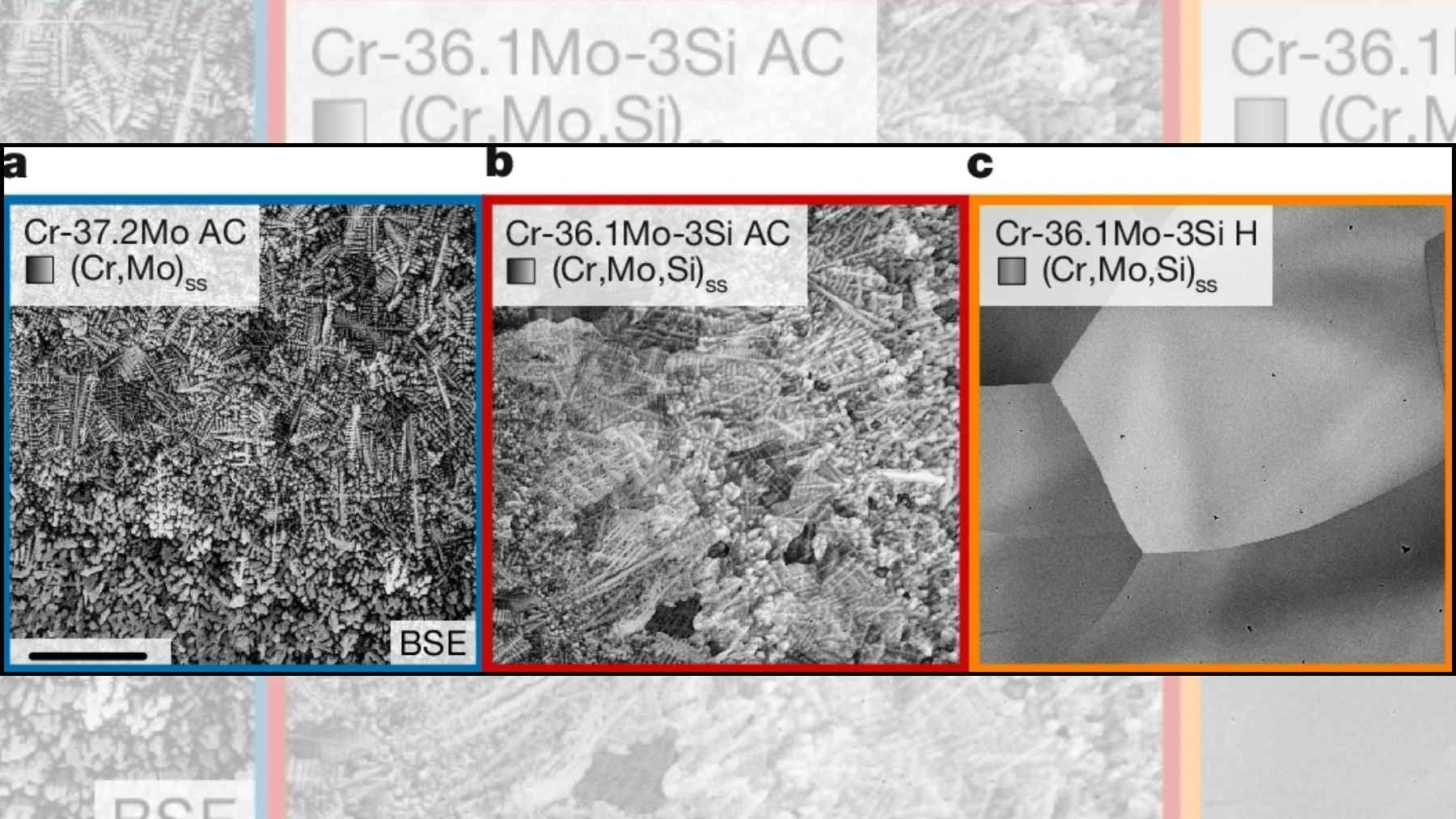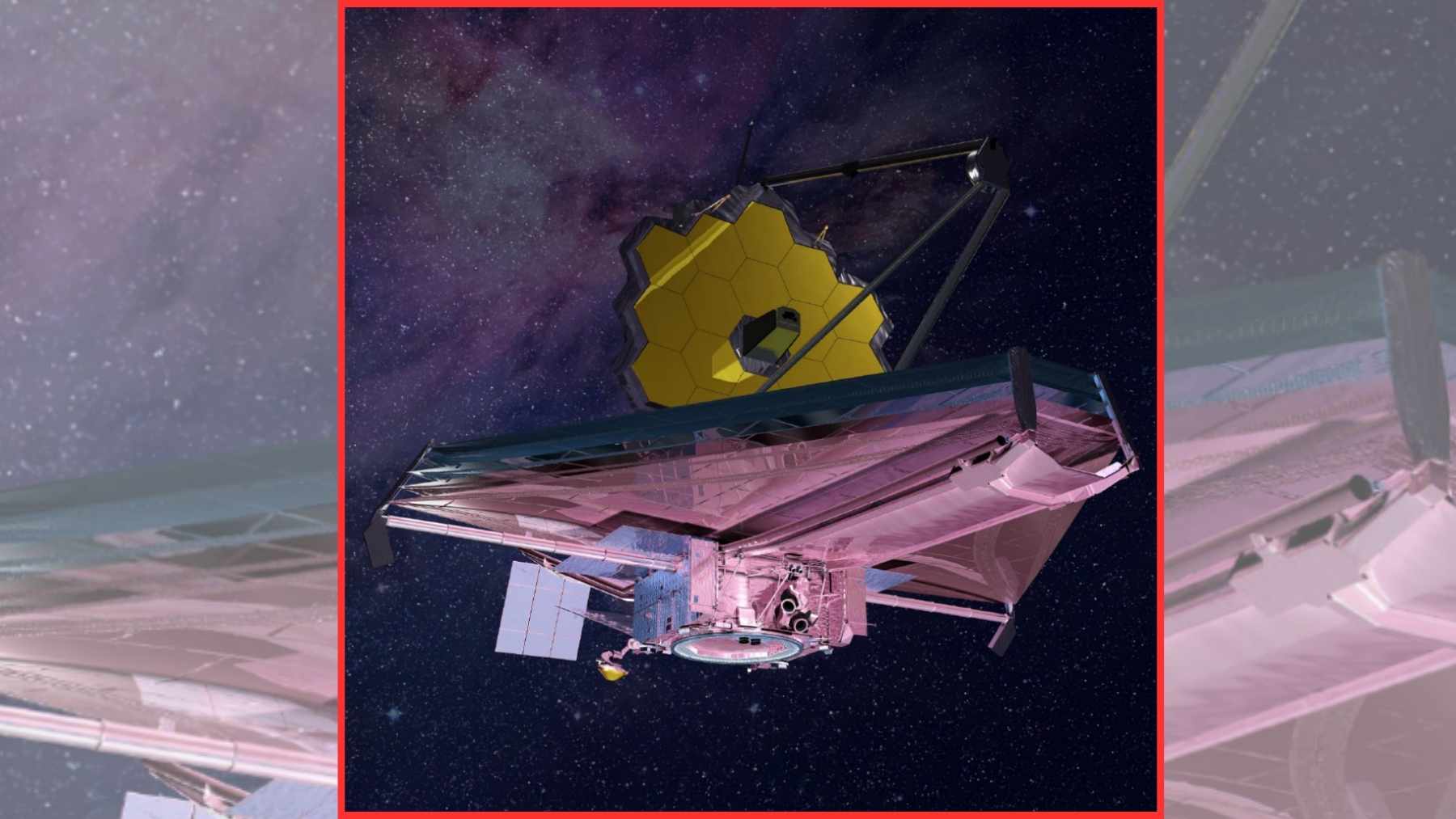South Korea has unveiled their first invisible solar panel in history and the scientists behind these invisible solar panels are believed to have created a breakthrough in photovoltaic cells so much so that these cells allow light to pass through it invisibly. At the same time, this innovation can redefine how we power cities and the way we make use of the panels that surround buildings. Now we are looking at glass that can generate electricity whilst still being invisible to the naked eye.
Looking deeper into this innovation from South Korea
The research team at the Ulsan National Institute of Science & Technology (UNIST) was responsible for this innovation whilst being assisted by the Incheon National University. The innovation was based on new technology known as the all-back-contact (ABC) transparent crystalline silicon (c-Si) solar cells. With these solar cells, all electrical contacts find their way to the rear of the cell. Since there are no longer metal wires, a smoother surface is created enabling light to pass through whilst capturing ultraviolet and infrared wavelengths.
Many invisible panels, like these panels, make use of titanium dioxide (TiO₂) and nickel oxide (NiO) which are known as environmentally friendly semiconductors. The titanium dioxide is meant to soak up ultraviolet light, and the nickel oxide assists with high transparency.
From tests, the 16 cm² transparent solar panel was able to convert power at 14,7%, making it one of the more powerful transparent solar modules. One such powerful module could charge a smartphone by harnessing only sunlight which is a rather impressive achievement.
Why the move towards transparent panels?
Most of the problems in terms of adopting solar panels is the fact that these solar panels come with a huge space requirement or that they require some form of adjustments where windows will be transformed into colored power generators.
Using earlier innovations which first touched on the concept of fully transparent solar generators that had a 1% efficiency, Korean researchers created their panel that ensures visual clarity and efficiency. Commercialization of these panels are the next step.
What the newest innovation offers is the chance for phones, cars, and office windows to be generators of electricity. Some of the first transparent solar panels produced a strange effect, but this transparent solar panel is on its way towards mass scale commercialization.
Some of the places where these transparent panels will feature is in the auto industry, on high-rise buildings, as well as on technological gadgets. UNIST researchers further explored the idea of Seamless Modularization whereby fully transparent solar panels will be joined together without metal gaps not only bettering the aesthetical appeal and scalability of solar panels.
Future directions for transparent solar panels
The transparent solar panel offers so much promise and potential for clean energy generation and marks the start of a scientific victory which also readjusts the full direction of the solar energy industry. The move towards sustainability need not mean a full readjustment in terms of design. Finally, people can welcome solar panels that do not disrupt the aesthetics of the environment in their respectuve spaces. Solar panels will no longer be placed at the top of buildings but into its very structures.
UNIST professor, Kwanyong Seo, mentioned that these transparent panels worked to solve the aesthetic problem and offered a solution whereby transparent panels could be effectively utilized in the real-world and be found in homes, cities, and also on devices. With transparent glass being able to generate 1000 times more power, we can understand why the focus is falling away from traditional panels and moving to transparent glass.
Still, development in the transparent solar panels field is ongoing and becoming more common as a solution that can provide clean power in an aesthetically pleasing way. The future of sustainability may be seen through transparent panels.















